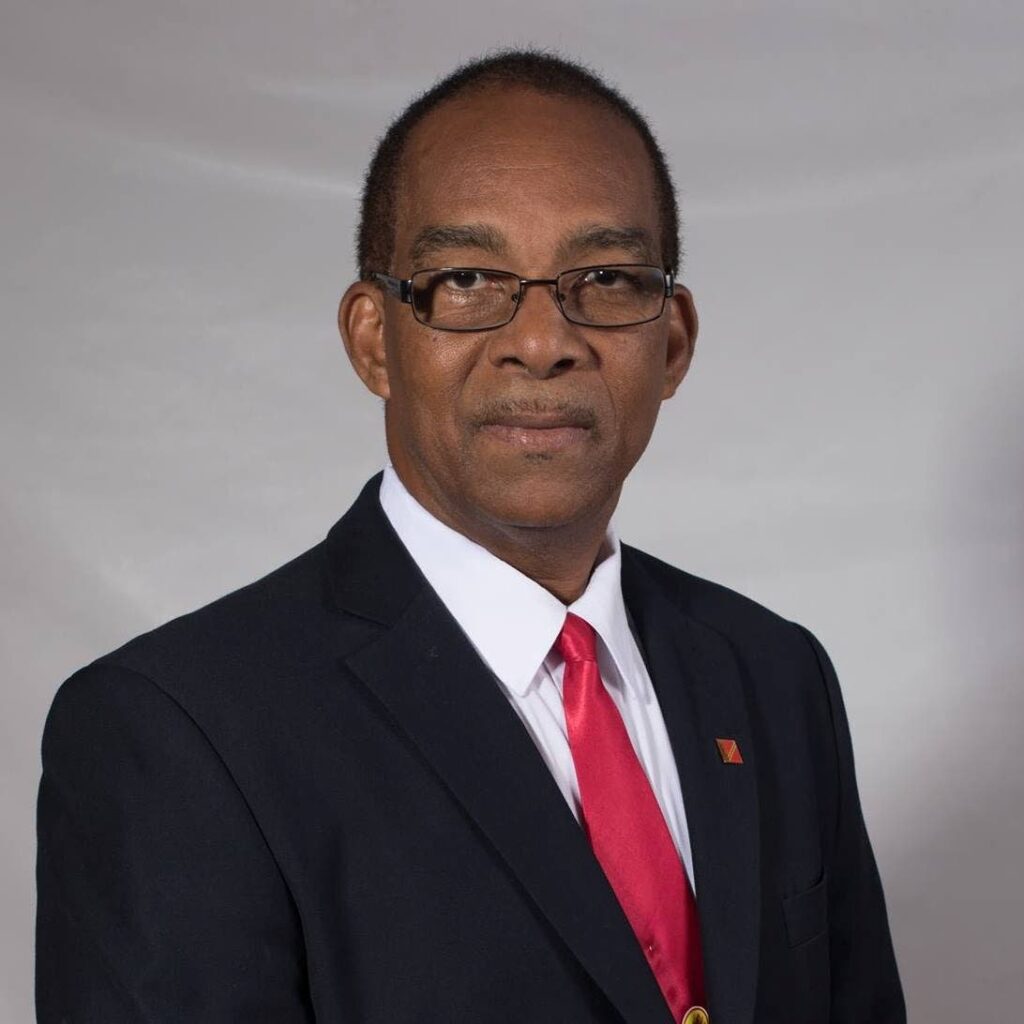
TERRENCE HONORE
THE CITY of San Fernando has over 200 years of history but very little show of it. Our students and history buffs have struggled to find historic resources that recall the story of how the city grew from a small town in 1786 to what it is today.
Not many relics remain. And there are few historic markers or symbols that speak of the past. It’s sad that nothing much was saved from those earlier days. The garbage dump at Embacadere would have plenty to show as a repository of our “lost” history.
But the real issue is that no one has seen it necessary to set up a museum in the southern city. In Port of Spain, the Royal Victoria Institute (National Museum and Art Gallery) was built as a science and art museum to commemorate the diamond jubilee of Queen Victoria in 1892. Now, 130 years later, there is still no such facility in the south, not even an oil museum to boast about.
The recent effort to recognise Ras Shorty I, the founder of soca, has left us wondering at the lack of a place to honourably recognise the man. Renaming a street is good, but it must be part of a larger plan. We seem to be limited in our efforts to provide our children with the knowledge of the people and events that made us who we are today. There is much to be desired.
The answer to this dilemma is to create a space to honour our heritage. We must remember men like Julien Maisonneuve, an Afro-Trinidadian who lived in the town. He was mentioned 52 times by renowned historian Michael Anthony in his seminal work, Anaparima: The History of San Fernando and its Environs (the Naparimas). Maisonneuve was a grocer and a councillor who argued for the use of the La Brea pitch to pave the roads. The pitch was finally used, but he was never honoured or remembered. A San Fernando museum can highlight his story.
But really, there must be a place, a space, a museum to recognise our history in the southern city. It will serve to remind us of the important milestones in the growth of our favoured city, including the significance of the names of the streets and villages, the contributions of the indigenous people, the role of the early settlers, and the efforts of different groups that got us this far.
Of course there is the private effort of the Brij Maharaj Auto & Heritage Museum on Hubert Rance Street showcasing a small but outstanding collection of vehicles and motor bikes. The museum has been around for several years and is open to the public once a month by appointment. It is a commendable project that would directly benefit from the existence of a public museum, as part of a much-needed tourism initiative in the city.
So, the questions remain, where is the place for our students to conduct research on the history of the city? Online is fine, but physical evidence will indeed help to prove the point. And where are the items for display that stir the memories of the past? The establishment of a public museum is long overdue in our second city.
In an earlier effort to advance the cause, the late James Lee Wah, a remarkable community leader, rallied with others for the use of the old power station on Carib Street to be used as a museum. The place was ideal. But the city leaders just let the idea die. Even today, after almost 34 years as a city, we are still in need of a museum.
Others like the late Louis Homer, a local historian, made several impassionate appeals to successive administrations for the recognition of the history of the city. In frustration, he worked to set up his own little “museum” to save whatever he could. We remember his fervour with pride.
But what I cannot understand is why isn’t there even a place for recognition of the steelpan. Many men boast of their passion for the pan but fail to put things in place to recognise the instrument in the city. Even a small pan museum would do.
We could always get a good excuse or explanation, but those things don’t advance a city. San Fernando is missing a museum in the framework of its development plan. We all need to be reminded that one true mark of progress of a civilised city is to preserve its past and celebrate its history.
Long ago the calypsonians in commentary would sing a rhyme, but soca has taken over and now it’s only jam and wine. So let me offer some lyrics:
“It’s the strangest thing I ever seen/They build a museum for the British queen/But can’t put up one since we country free/Something really wrong with all ah we/Build the museum, build it fast/How yuh expect our history to last.”
So, with all the things that our national leaders say and do, just remember that San Fernando needs a museum too.
Terrence Honore is the president of the Palmiste Historical Society, San Fernando


